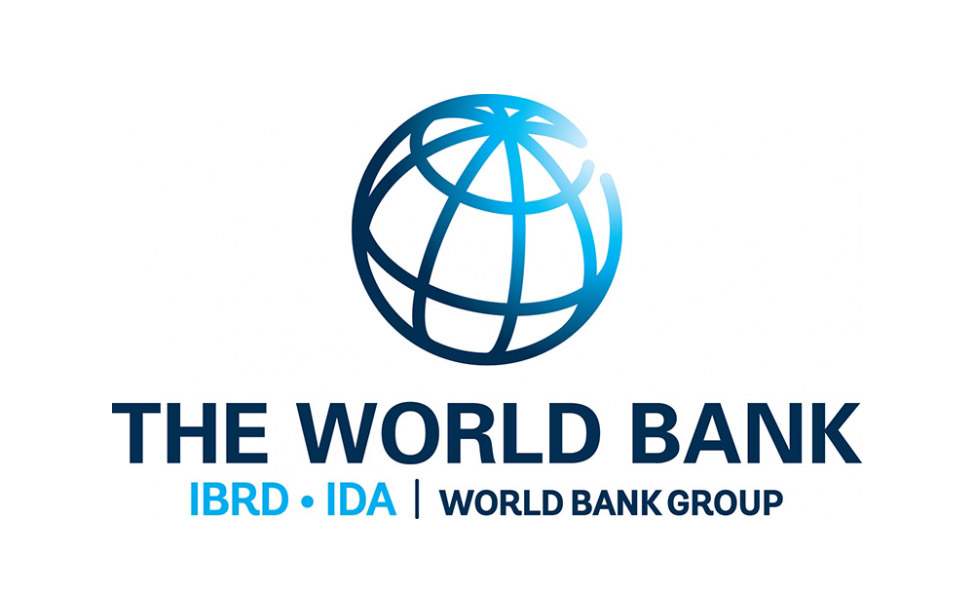Pakistan’s financing needs exceed 10% of GDP: World Bank

By MG News | April 16, 2024 at 10:08 AM GMT+05:00
April 16, 2024 (MLN): Pakistan faces financing needs surpassing 10% of Gross Domestic Product (GDP), underscoring the fiscal pressures the country faces, the World Bank highlighted in its report titles 'The Great Reversal: Prospects, Risks, and Policies in International Development Association (IDA) Countries'.
The bank in its report said that several IDA countries—including Burundi, Fiji, The Gambia, Ghana, Kenya, Malawi, Mozambique, Pakistan, Togo, and Zambia—now face financing needs surpassing 10% of GDP, underscoring the fiscal pressures these countries face.
The report noted that Pakistan and Bangladesh encounter seasonal river basin flooding, which, despite enriching soils, frequently results in extensive damage and displacement.
Most IDA countries have notably low income levels. A primary criterion for IDA assistance eligibility is a country’s relative poverty.
Thirty-one of IDA’s 75 countries have per capita Gross National Income (GNI) below $1,315.
IDA uses this threshold of $1,315 for the fiscal year ending June 30, 2024.
Some IDA-eligible countries, such as Pakistan and Nigeria, are also creditworthy for some IBRD borrowing; these are referred to as “blend” countries, and they are also among the 75 countries currently eligible for IDA resources and considered in this study.
Moreover, among IDA countries, Pakistan is among the 15 countries that have weak credit ratings for sovereign bonds.
IDA countries with weak credit ratings have been particularly marginalized in global capital markets, the report noted.
Prohibitively high financing costs have shut out many IDA countries from international capital markets and led to minimal bond issuance over the past two years, the longest issuance drought since the global recession in 2009.
The report noted that despite the high potential to advance global prosperity, one-half of the world’s 75 most vulnerable countries are facing a widening income gap with the wealthiest economies for the first time in this century.
Taking full advantage of their younger populations, their rich natural resources, and their abundant solar-energy potential can help them overcome the setback, it added.
These countries are home to a quarter of humanity, 1.9 billion people.
At a time when populations are aging nearly everywhere else, IDA countries will enjoy a growing share of young workers through 2070, a huge potential “demographic dividend.”
These countries are also rich in natural resources, enjoy high potential for solar-energy generation, and boast a large reservoir of mineral deposits that could be crucial for the world’s transition to clean energy.
Yet a historic reversal is underway for them.
Over 2020-24, average per capita incomes in half of IDA countries, the largest share since the start of this century, have been growing more slowly than those of wealthy economies.
This is widening the income gap between these two groups of countries.
One out of three IDA countries is poorer, on average, than it was on the eve of the COVID-19 pandemic.
The extreme-poverty rate is more than eight times the average in the rest of the world: one in four people in IDA countries struggles on less than $2.15 a day.
These countries now account for 90% of all people facing hunger or malnutrition.
Half of these countries are either in debt distress or at high risk of it.
Still, except for the World Bank Group and other multilateral development donors, foreign lenders, private as well as government creditors, have been backing away from them, the bank said.
Copyright Mettis Link News
Related News
| Name | Price/Vol | %Chg/NChg |
|---|---|---|
| KSE100 | 128,199.43 336.91M |
2.05% 2572.11 |
| ALLSHR | 79,787.62 1,023.63M |
1.53% 1202.91 |
| KSE30 | 39,105.00 121.90M |
2.49% 951.21 |
| KMI30 | 186,915.61 131.16M |
1.10% 2029.11 |
| KMIALLSHR | 54,201.88 553.60M |
0.81% 438.07 |
| BKTi | 33,476.68 51.49M |
4.87% 1555.00 |
| OGTi | 27,962.58 9.77M |
0.68% 188.60 |
| Symbol | Bid/Ask | High/Low |
|---|
| Name | Last | High/Low | Chg/%Chg |
|---|---|---|---|
| BITCOIN FUTURES | 106,370.00 | 106,490.00 105,440.00 |
620.00 0.59% |
| BRENT CRUDE | 67.15 | 67.29 67.05 |
0.04 0.06% |
| RICHARDS BAY COAL MONTHLY | 97.50 | 97.50 97.50 |
0.70 0.72% |
| ROTTERDAM COAL MONTHLY | 103.80 | 103.80 103.80 |
-3.45 -3.22% |
| USD RBD PALM OLEIN | 998.50 | 998.50 998.50 |
0.00 0.00% |
| CRUDE OIL - WTI | 65.47 | 65.65 65.34 |
0.02 0.03% |
| SUGAR #11 WORLD | 15.70 | 16.21 15.55 |
-0.50 -3.09% |
Chart of the Day
Latest News
Top 5 things to watch in this week
Pakistan Stock Movers
| Name | Last | Chg/%Chg |
|---|
| Name | Last | Chg/%Chg |
|---|




 CPI
CPI